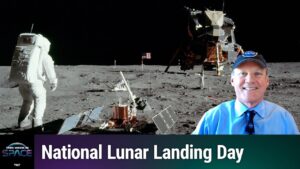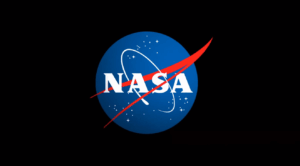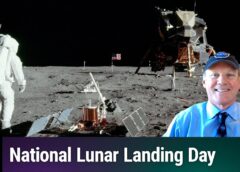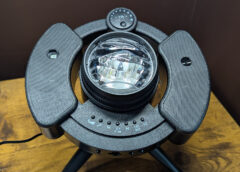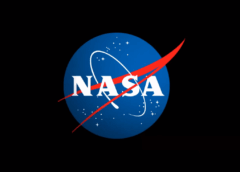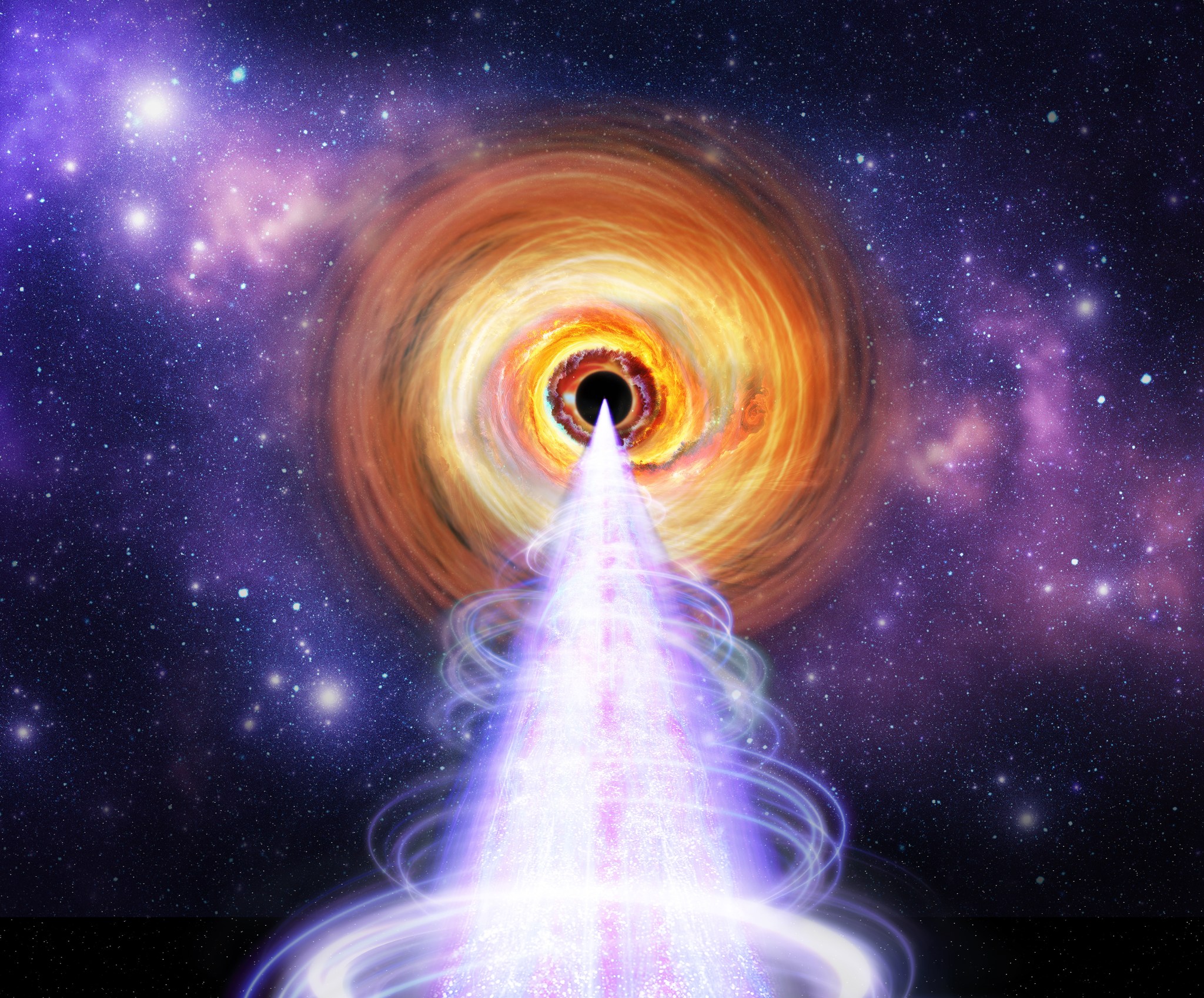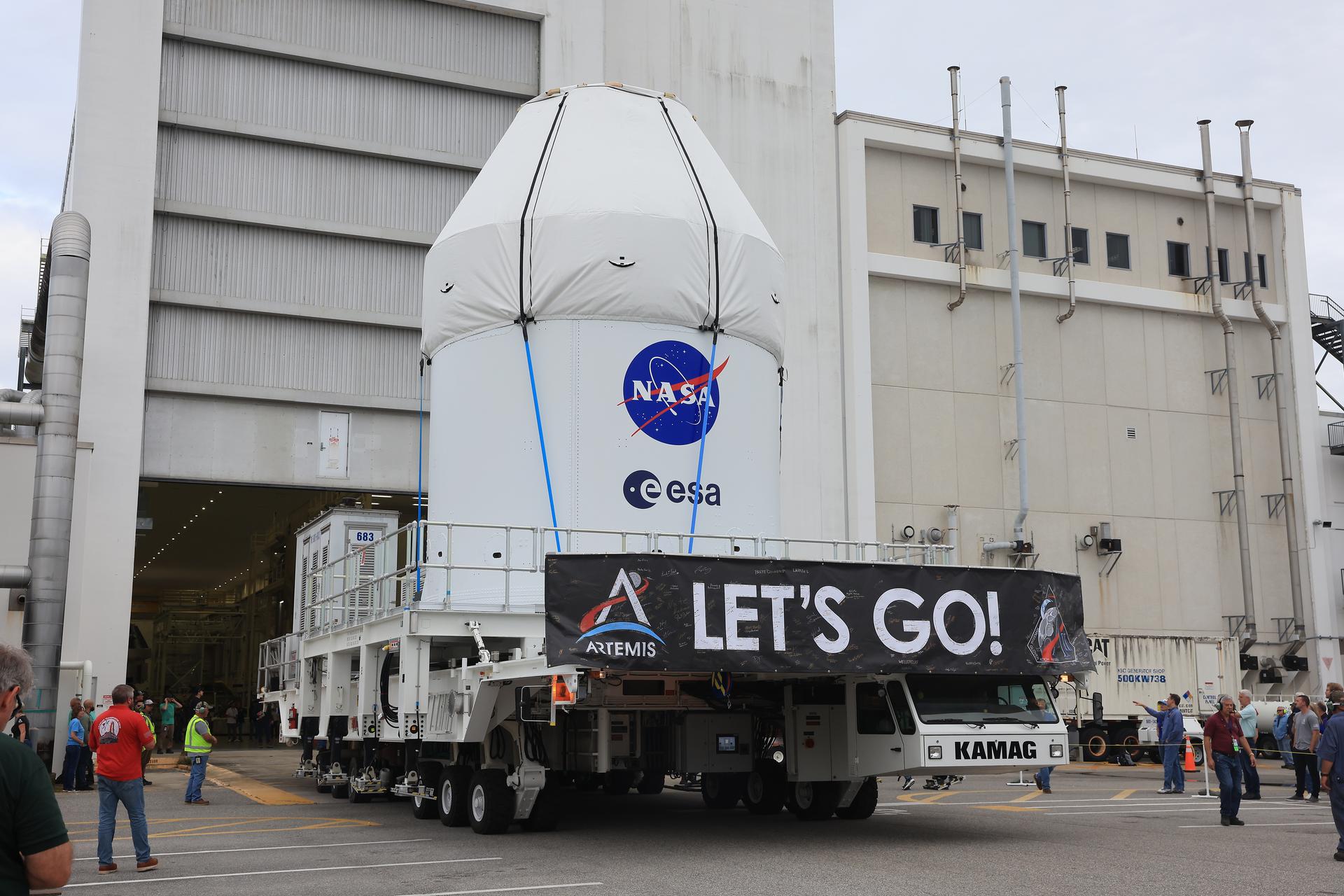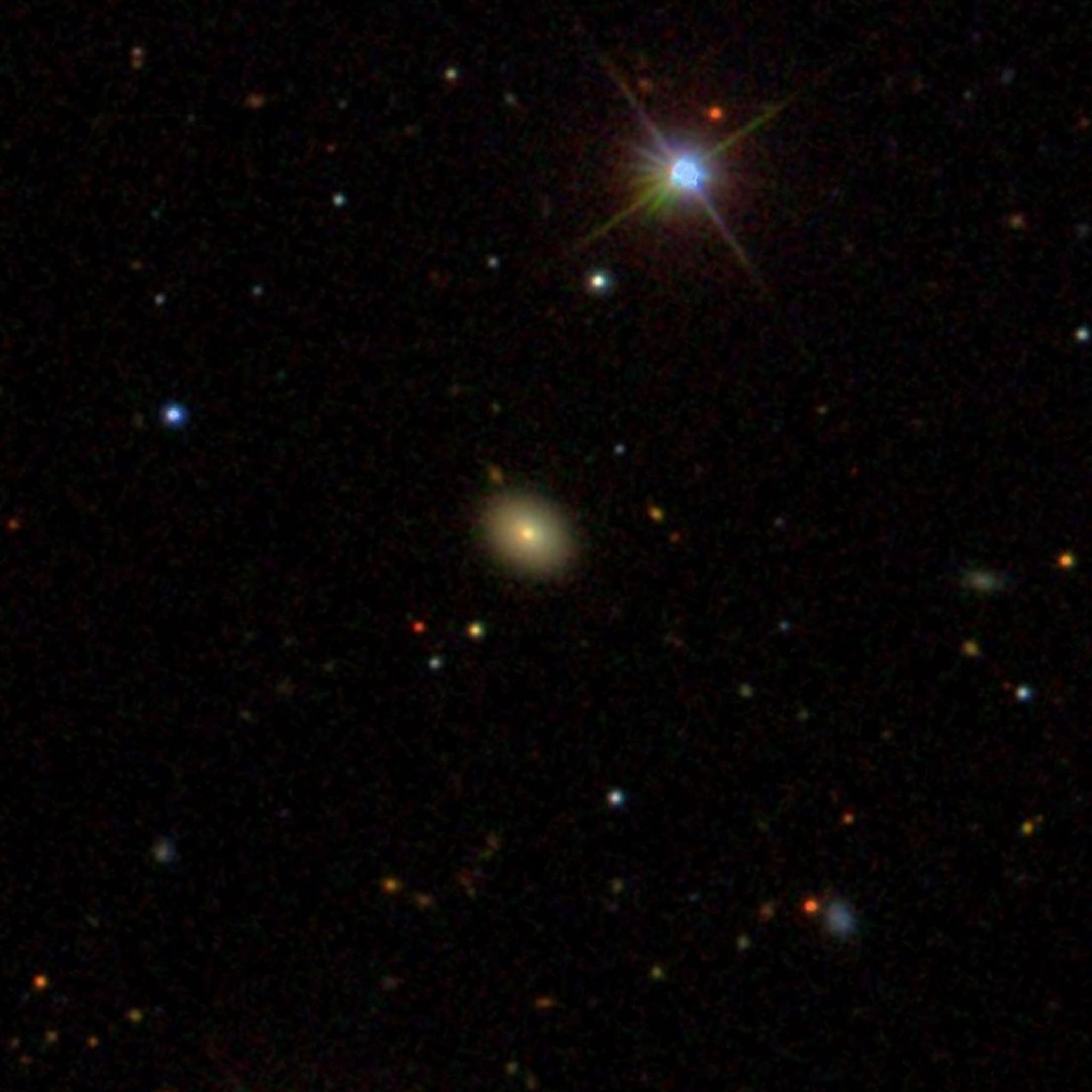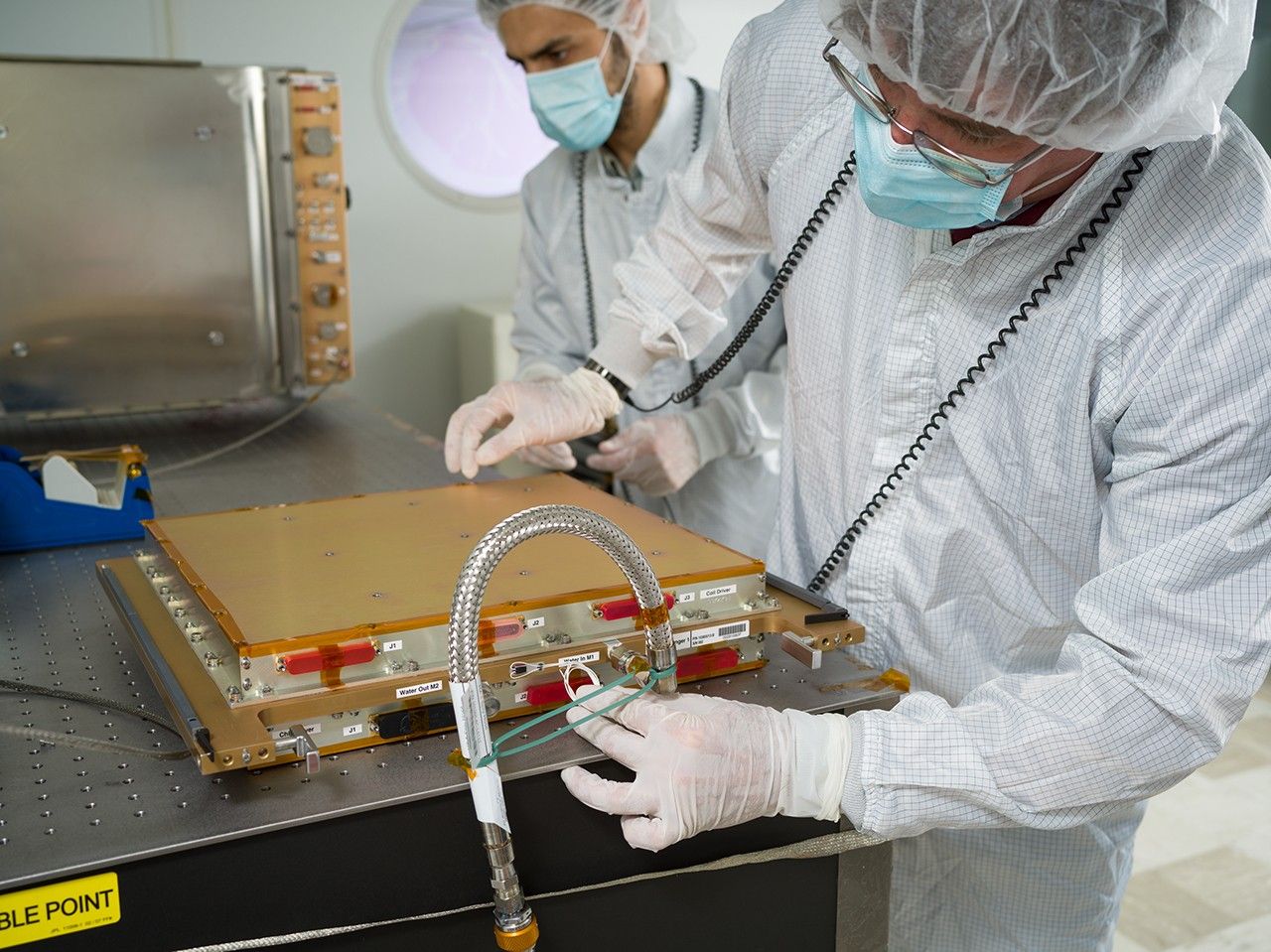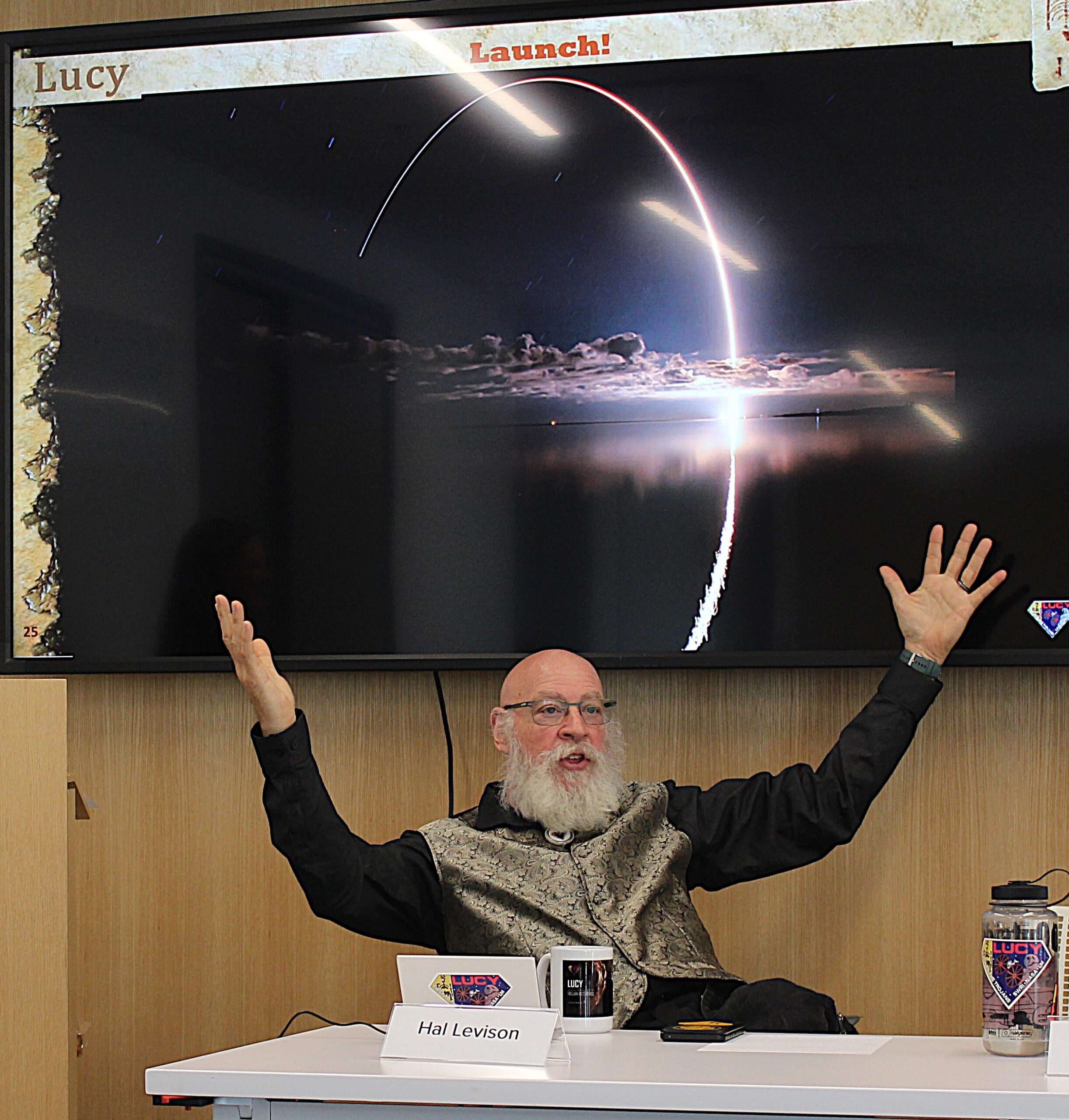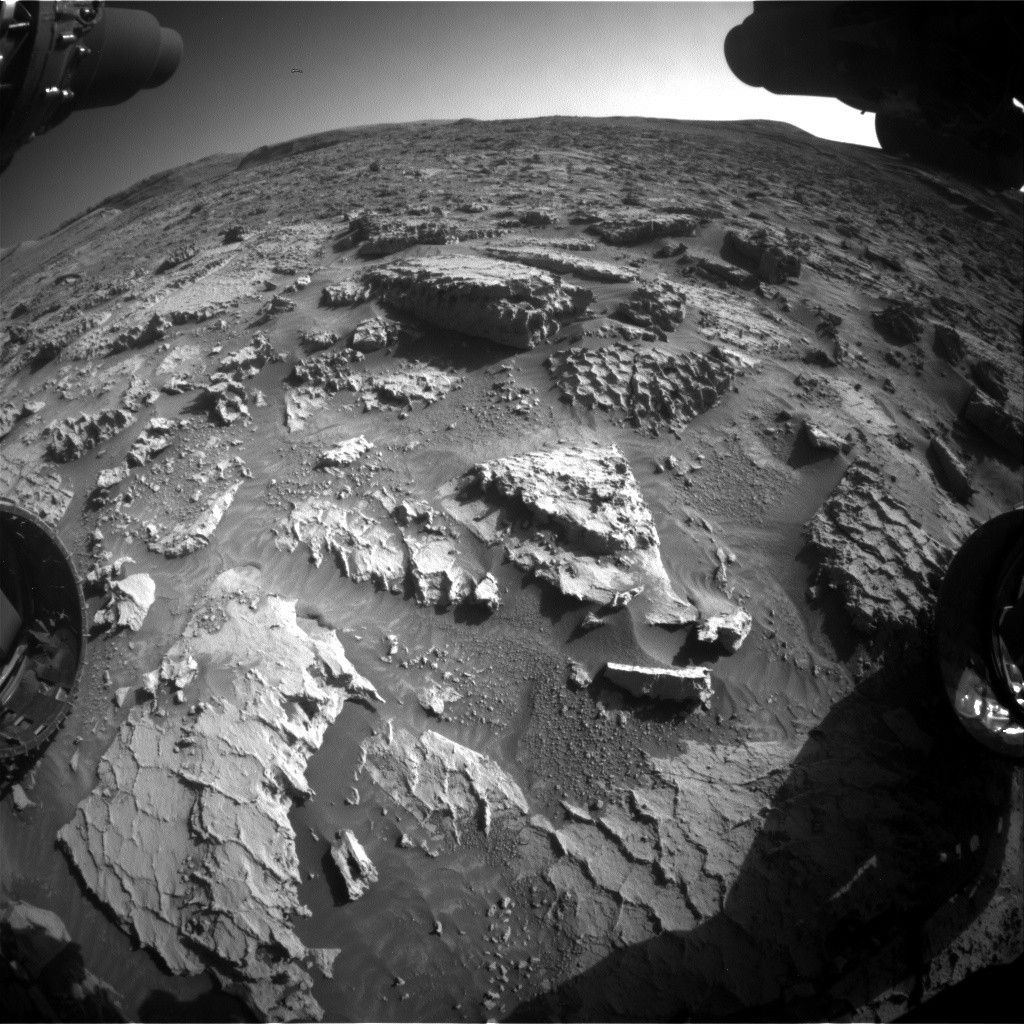Credit: NASA NASA’s on-demand streaming service, NASA+, launched a FAST (Free Ad-Supported Television) channel on Prime Video Tuesday, giving viewers another way to watch the agency’s aeronautics, human spaceflight, science, and technology missions unfold on screen. As the agency continues to improve life on Earth and inspire new generations through innovation, exploration, and discovery, NASA+ is dedicated to sharing stories through live launch coverage, original documentaries, family-friendly content, and more. “Streaming NASA+ on multiple platforms allows the agency to more efficiently share its missions, from launching astronauts to the International…
Read MoreNASA’s IXPE Reveals X-ray-Generating Particles in Black Hole Jets
5 min read Preparations for Next Moonwalk Simulations Underway (and Underwater) The blazar BL Lacertae, a supermassive black hole surrounded by a bright disk and jets oriented toward Earth, provided scientists with a unique opportunity to answer a longstanding question: How are X-rays generated in extreme environments like this? NASA’s IXPE (Imaging X-ray Polarimetry Explorer) collaborated with radio and optical telescopes to find answers. The results (preprint available here), to be published in the journal Astrophysical Journal Letters, show that interactions between fast-moving electrons and particles of light, called photons,…
Read MoreSPHEREx Starts Scanning Entire Sky
NASA’s SPHEREx mission is observing the entire sky in 102 infrared colors, or wavelengths of light not visible to the human eye. This image shows a section of sky in one wavelength (3.29 microns), revealing a cloud of dust made of a molecule similar to soot or smoke.
Read MoreNASA Progresses Toward Crewed Moon Mission with Spacecraft, Rocket Milestones
Technicians move the Orion spacecraft for NASA’s Artemis II test flight out of the Neil A. Armstrong Operations and Checkout Building to the Multi-Payload Processing Facility at Kennedy Space Center in Florida on Saturday, May 3, 2025. NASA/Kim Shiflett Engineers, technicians, mission planners, and the four astronauts set to fly around the Moon next year on Artemis II, NASA’s first crewed Artemis mission, are rapidly progressing toward launch. At the agency’s Kennedy Space Center in Florida, teams are working around the clock to move into integration and final testing of…
Read MoreNASA’s NICER Maps Debris From Recurring Cosmic Crashes
5 min read NASA’s NICER Maps Debris From Recurring Cosmic Crashes Lee esta nota de prensa en español aquí. For the first time, astronomers have probed the physical environment of repeating X-ray outbursts near monster black holes thanks to data from NASA’s NICER (Neutron star Interior Composition Explorer) and other missions. Scientists have only recently encountered this class of X-ray flares, called QPEs, or quasi-periodic eruptions. A system astronomers have nicknamed Ansky is the eighth QPE source discovered, and it produces the most energetic outbursts seen to date. Ansky also…
Read MoreSpot the Station Frequently Asked Questions
An augmented reality interface makes it easier for users to locate the International Space Station and provides options for capturing and sharing pictures and videos of their sightings in real-time (Credit: NASA). 1. Why is the International Space Station up there? The International Space Station is a convergence of science, technology, and human innovation that enables research not possible on Earth for the benefit of humanity. For more than 25 years, NASA has supported a continuous U.S. human presence aboard the station, through which astronauts have learned to live and…
Read MoreQuantum Sensing via Matter-Wave Interferometry Aboard the International Space Station
6 min read Quantum Sensing via Matter-Wave Interferometry Aboard the International Space Station Future space missions could use quantum technologies to help us understand the physical laws that govern the universe, explore the composition of other planets and their moons, gain insights into unexplained cosmological phenomena, or monitor ice sheet thickness and the amount of water in underground aquafers on Earth. Upgraded hardware being prepared at Jet Propulsion Lab for launch and install into the Cold Atom Lab on the International Space Station. The Science Module in the background enables…
Read More‘Right now, we are in what has to be a Golden Age of asteroid exploration.’ Scientists celebrate NASA’s latest space rock flyby
BOULDER, Colorado — Asteroid experts are pondering the scientific output from the NASA Lucy spacecraft after it shot by its celestial destination — the main belt asteroid named Donaldjohanson. Here at the Southwest Research Institute (SwRI), lead organization for the Lucy mission, Hal Levison, principal investigator of the Lucy mission, said the spacecraft flyby of Donaldjohanson yielded a host of “don’t know” factors about the object. As for its shape, Levison said that Donaldjohanson and the other Lucy targets are providing hints about how planets formed. “These small body populations…
Read MoreNilufar Ramji: Shaping Johnson’s Giant Leaps Forward
A first-generation college graduate, Nilufar Ramji was blazing trails long before arriving at NASA. With her multifaceted expertise, she is helping shape the messaging behind humanity’s return to the Moon, Mars, and beyond. Ramji is currently on detail as the co-executive producer for NASA’s live broadcasts, ensuring the agency’s missions and discoveries are clearly and effectively communicated to the public. Through her work, she expands understanding of what space exploration means for all—and why it matters. Official portrait of Nilufar Ramji. NASA/Josh Valcarcel Before stepping into her acting role, Ramji…
Read MoreSols 4529-4531: Honeycombs and Waffles… on Mars!
Curiosity Navigation Curiosity Home Mission Overview Where is Curiosity? Mission Updates Science Overview Instruments Highlights Exploration Goals News and Features Multimedia Curiosity Raw Images Images Videos Audio Mosaics More Resources Mars Missions Mars Sample Return Mars Perseverance Rover Mars Curiosity Rover MAVEN Mars Reconnaissance Orbiter Mars Odyssey More Mars Missions Mars Home 4 min read Sols 4529-4531: Honeycombs and Waffles… on Mars! NASA’s Mars rover Curiosity captured this image of its current workspace, containing well-preserved polygonal shaped fractures, with waffle or honeycomb patterns. The rover acquired this image using its…
Read More
